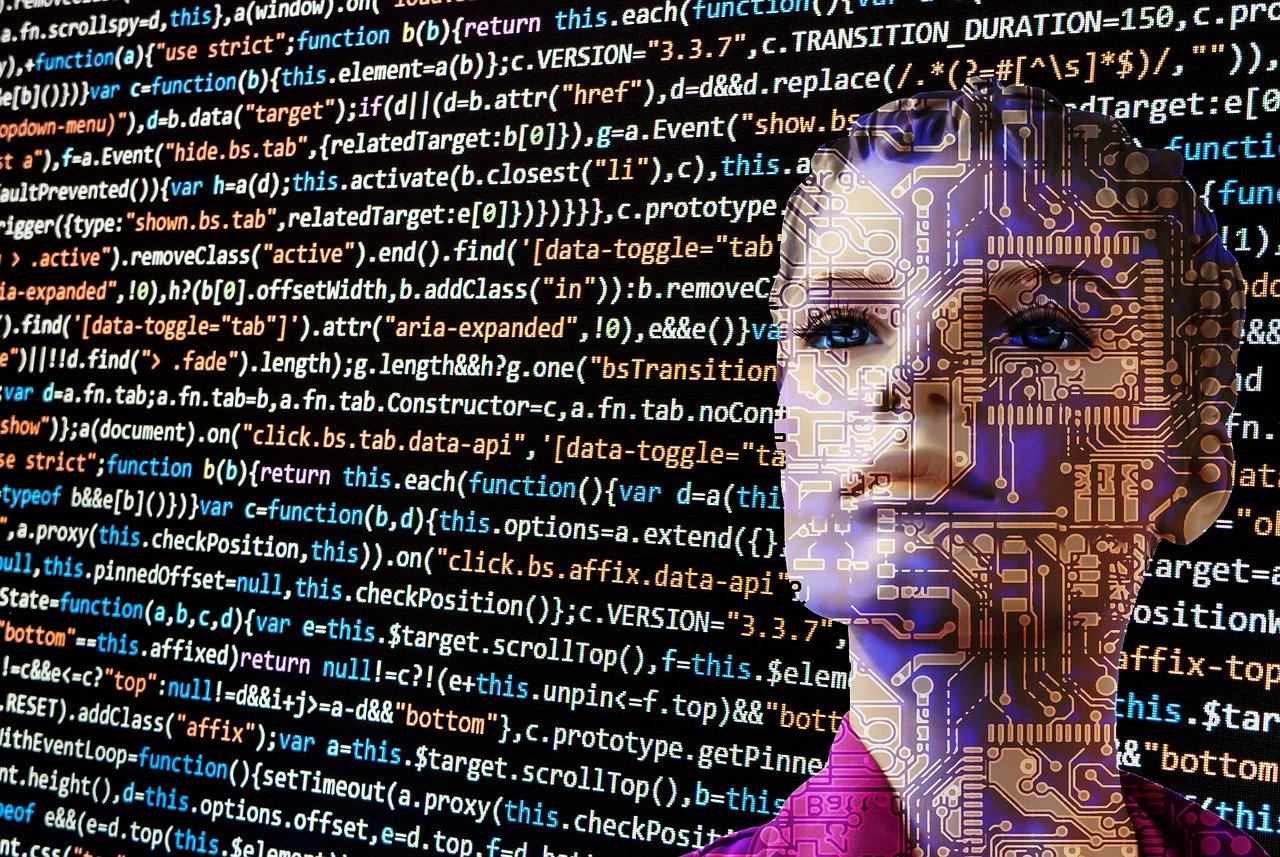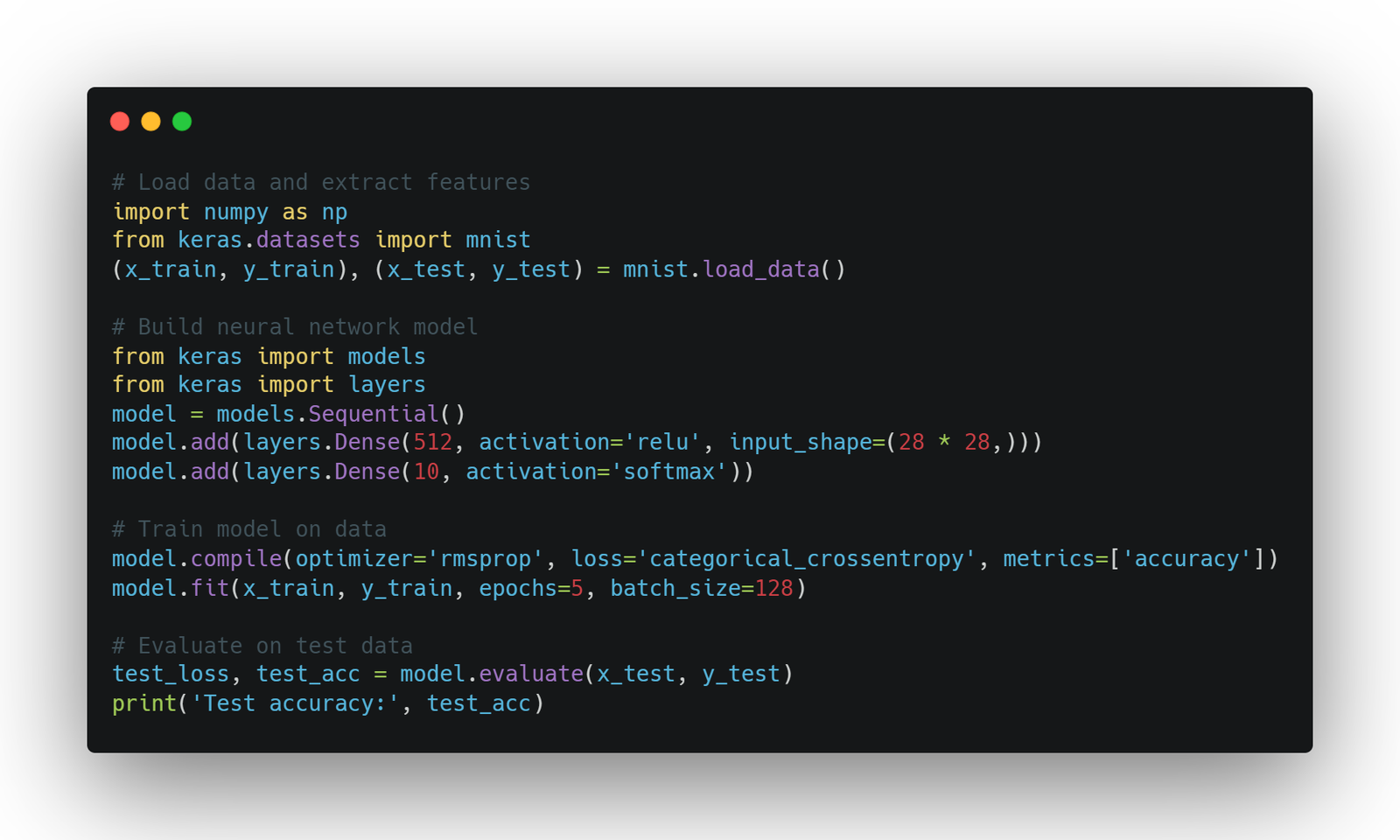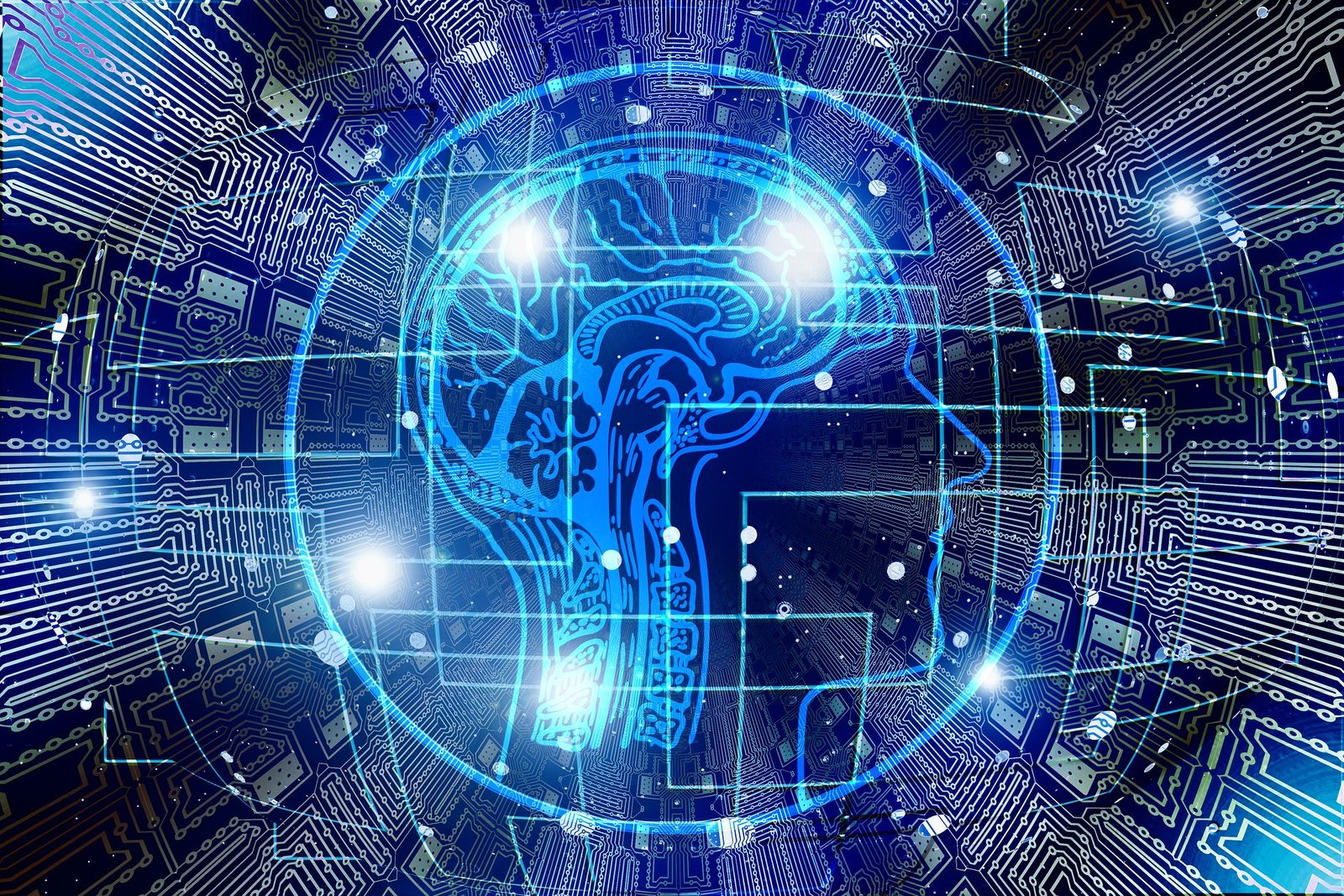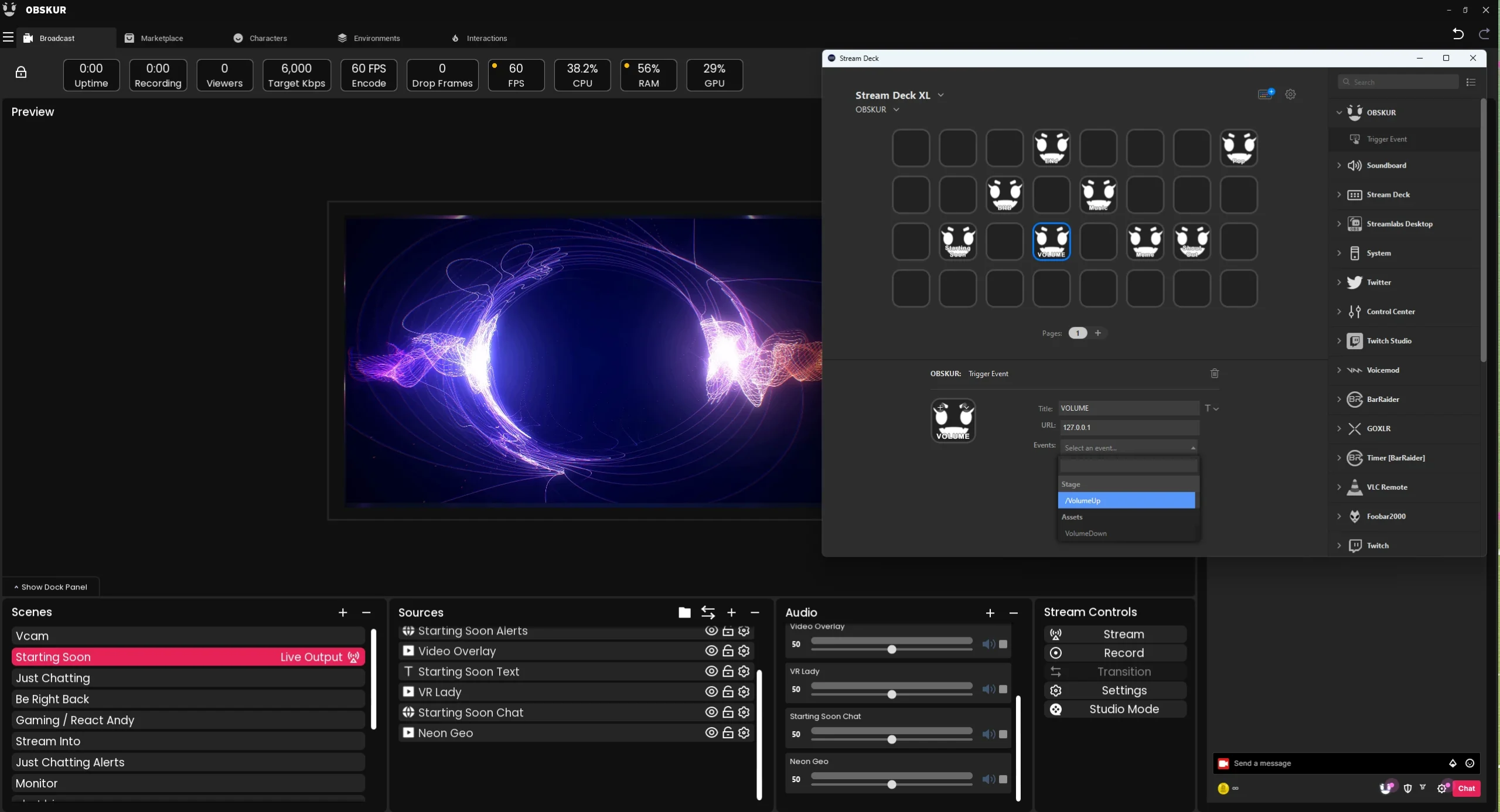AI Programming Languages
Artificial intelligence (AI) has revolutionized countless industries and transformed the way we live and work. At the core of AI are programming languages specifically designed to enable machines to think, learn and act intelligently. AI programming languages contain the building blocks that power complex algorithms and allow developers to create intelligent systems. This article will provide an introduction to AI programming languages, their key components, performance metrics, limitations, real-world applications and the future outlook for continued advancement in the field.
Introduction
An AI programming language is a computer language optimized for developing intelligent systems and machine learning algorithms. Unlike general-purpose languages like Python and Java, AI languages contain specialized libraries, tools and features tailored for artificial intelligence. The development of AI programming languages has gone hand-in-hand with advancements in the field of AI itself.
The genesis of AI programming can be traced back to Lisp in the late 1950s. Lisp pioneered key concepts like recursive functions, conditional expressions and dynamic typing. These core features made Lisp uniquely suited for processing symbolic information, laying the foundation for AI and cognitive modeling. AI languages evolved from there, with Prolog in the 1970s introducing logic programming and expert system rules. Other influential languages like Smalltalk and ML consolidated ideas that shaped modern AI programming techniques.
Today, the most prominent languages used for AI development include Python, R, Java, Lisp, Prolog, Scala and Julia. These languages contain robust AI-focused libraries like TensorFlow, Keras and PyTorch as well as support for statistical analysis, matrix math, neural networks, automation and data visualization. AI languages excel at handling very large datasets, crunching complex algorithms and integrating AI models into real-world software applications.

Image by Gerd Altmann from Pixabay
Functionality
AI programming languages contain a suite of capabilities that enable the training, evaluation and deployment of machine learning systems. Here are some of the core components:
- Libraries for neural networks and deep learning – Popular deep learning frameworks like TensorFlow and Caffe provide implementations of neural network architectures and algorithms optimized for GPU hardware acceleration. This allows developers to quickly build and train convolutional and recurrent neural networks.
- Support for probabilistic programming – Probabilistic languages like Stan allow coders to build programs that perform Bayesian inference and model random variables. This is critical for quantifying uncertainty in machine learning models.
- Reinforcement learning capabilities – Libraries like OpenAI Gym include algorithms and environments to develop systems that learn through trial-and-error interactions with data. This is the basis for training intelligent agents using reinforcement learning.
- High-performance math libraries– Fast linear algebra, matrix operations and math functions help AI programs crunch terabytes of data for rapid predictive analytics and modelling. Popular math libraries include BLAS and LAPACK.
- Visualization modules – Data visualization tools like Matplotlib provide the capabilities to plot and visualize high-dimensional data, models and computational graphs. This aids in training analysis and model debugging.
- Automated code optimization – Compilers and code libraries in languages like Julia can optimize machine learning code through just-in-time compilation, allowing AI models to run faster.
To see these components in action, let’s look at an example program for training an image recognition model in Python using the Keras deep learning library:
This example demonstrates key functionality like a neural network library (Keras), math operations for data processing (NumPy), model training loops, and performance evaluation. Together, these components enable scalable AI programming.
Performance
Performance is equally as important to an AI system’s success as correctness. AI programming languages are designed to be quick, light on memory, and complex enough to execute machine learning models quickly.
To shorten training times, modern AI languages make use of parallel and distributed processing. For instance, Spark’s machine learning library MLlib spreads across compute clusters, while frameworks like PyTorch may distribute neural network training across GPU clusters. This makes it possible to create intricate deep neural networks that would be impossible to create on a single processor.
Memory utilization is reduced via tools like mixed precision training, model checkpointing, and lazy loading of data batches. For low-latency inference, Python modules like ONNX reduce the size of trained models. Automated hyperparameter tuning, simple model export, and methods for moving from prototyping to production all help to reduce the complexity of the code.
As a result, advances in cutting-edge algorithms have been made possible by high-performance AI languages. For instance, AI programs have outperformed humans at Go and poker strategy games as well as image categorization jobs (AI programs’ error rates are 2.3% vs. humans’ 5.1%). Massive datasets and processing power are now readily available, opening up new possibilities for AI.
Limitations
Despite their strengths, modern AI languages still face some key limitations:
- Challenges in natural language processing – Unlike numerical data, human language requires contextual understanding, semantics and real-world knowledge. Current NLP methods like transformer networks remain brittle for conversational systems.
- Lack of generalizability – Machine learning models are notorious for failing on data that differs from their training sets. AI programs still struggle to apply knowledge across domains.
- Hardware constraints – State-of-the-art models require specialized hardware like TPUs for training. This makes developing accessible AI difficult for smaller teams.
- Testing and verification – Debugging errors in large neural networks is notoriously difficult. Languages lack integrated tools for thoroughly testing AI systems.
- Explainability – The black box nature of AI models leads to challenges in model interpratability and explaining predictions. Languages need better native support for explainable AI.
While active research is underway to address these gaps, they remain roadblocks for developing more flexible, generalized AI capabilities. Advances in new techniques like self-supervised learning, biologically inspired architectures, causal inference and graph neural networks could potentially overcome some of these hurdles.
Applications
Despite current limitations, AI programming languages have enabled transformative changes across industries:
- Healthcare – AI programs help speed up drug discovery, improve diagnosis through medical imaging classification, and better predict patient outcomes.
- Manufacturing – AI optimizes supply chains, prevents equipment failures through predictive maintenance, and improves production quality control.
- Finance – AI informs investment decisions, automatically analyzes earnings reports, monitors fraud, and manages financial risk.
- Education – AI programs tutor students, grade assignments, customize curricula based on strengths/weaknesses, and simulate historical events.
- Smart Cities – AI manages transportation systems, optimizes energy usage, assists law enforcement through crime prediction, and monitors infrastructure.
- Retail – AI powers recommendations, predicts purchasing behavior, improves inventory management, and automates customer service agents.
The far-reaching impacts demonstrate how AI programming enables revolutionary new capabilities across domains. The languages powering these innovations will continue evolving to make AI even more accurate, ubiquitous and aligned with human values.
Conclusion
AI programming languages have been fundamental in turning theoretical machine learning breakthroughs into real-world impact. Their specialized functionality enables developing systems that learn, reason, make predictions and interact naturally with humans. While current languages have some limitations, active research and development is rapidly expanding their capabilities and performance.
The outlook for AI programming remains bright. As new techniques like self-supervised learning, graph neural networks and reinforcement learning advance, programming languages will incorporate greater support for these innovations. Smarter compilers, debuggers and testing tools will improve the development lifecycle. And increased democratization through platforms like Google Teachable Machine will put AI programming into more hands.
There is still an immense amount of untapped potential. But already, AI languages have demonstrated immense benefits – from life-saving healthcare diagnostics to optimizing how companies operate. As languages continue maturing, AI promises to revolutionize even more aspects of society for the betterment of humanity. The languages powering AI will be foundational in realizing that transformation.





